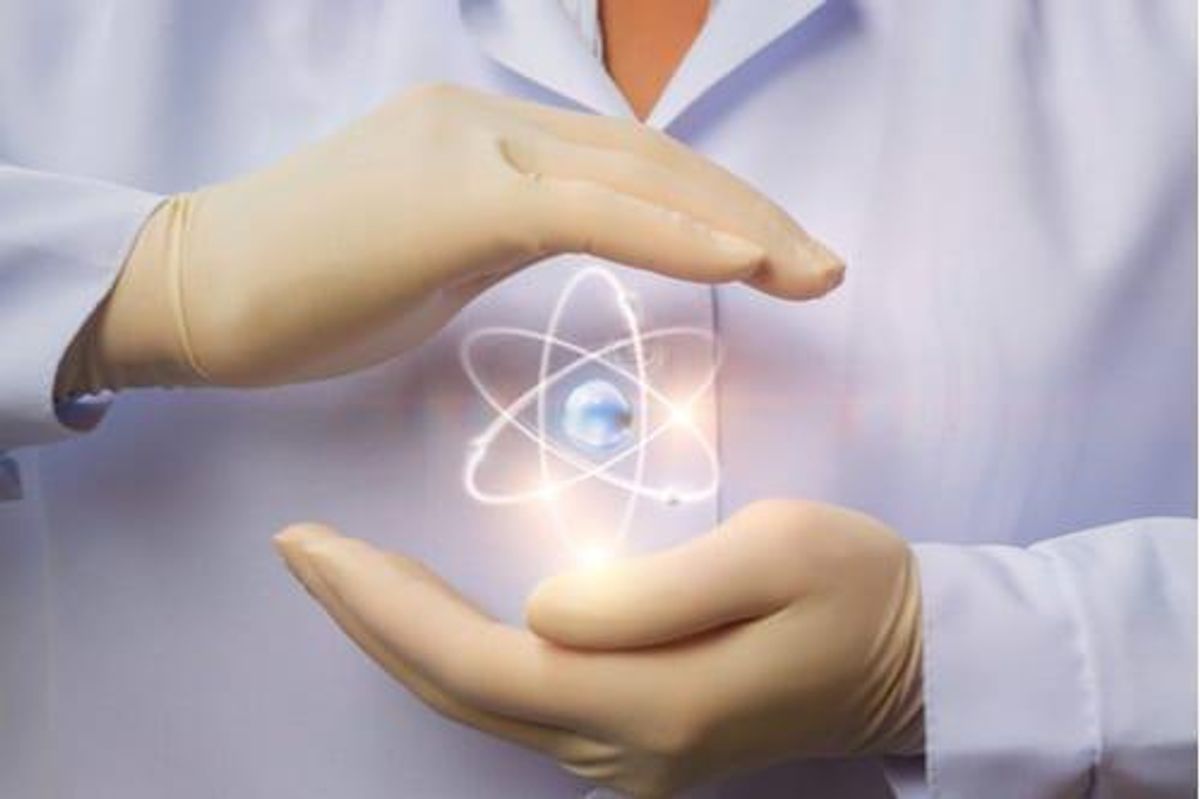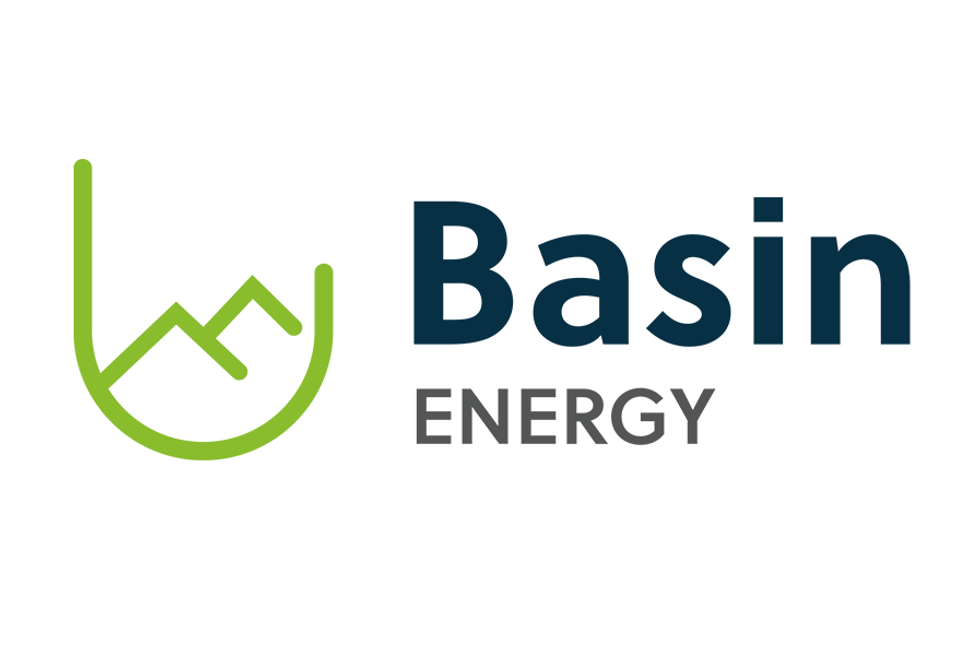
Small modular reactors have the potential to make nuclear an important low-carbon energy source. The global SMR market is projected to reach US$11.3 billion by 2026.
When you think of nuclear energy, you probably envision a massive reactor and the vase-shaped cooling chimneys associated with such structures. These large-scale reactors produce thousands of megawatts (MW) of energy and are used to power cities and whole regions.
For example, the Darlington nuclear reactor east of Toronto is comprised of four units and a 580 meter long turbine hallway that generates 3,512 MW of power, supplying 20 percent of Ontario’s electricity.
While massive reactors like Darlington produce enough energy to power a province, small modular reactors (SMRs) are different — put simply, they use the same nuclear fuel on a reduced scale to generate electricity and energy for mining projects or remote communities.
Defined by the International Atomic Energy Agency as a nuclear reactor that emits 300 MW electrical or less, SMRs offer vast potential with mitigated risk.
Small modular reactors: How do they work?
The general public may be unfamiliar with SMRs, but they have been around since the conception of nuclear energy — think research and demonstration reactors. Using the same concept of energy generation as their larger counterparts, SMRs are nuclear fission reactors on a much smaller scale.
Nuclear fission is the process of splitting the nucleus of an atom into two or more smaller nuclei. As the atom is split, neutrons and energy (heat) are released. The heat energy generates steam, which in turn powers a turbine generator that then produces electricity.
Importantly, the electricity generated through nuclear fission is clean because it burns no fuel, thus producing no carbon emissions.
These small nuclear reactors are constructed in a factory using a base design. Their modular design allows them to be deployed independently or as one component of a multi-modular unit.
According to the International Atomic Energy Agency, there are roughly 50 SMR designs being developed around the world. The majority of these SMRs will have a mass production component, with the primary construction of the reactor happening in a controlled factory setting.
Small modular reactors: Clean and safe energy
Nuclear energy has long been touted as a low-carbon alternative to fossil fuels, but unfortunately due to the quantity of uranium that large-scale reactors use and the complexity of their cooling components, there have been a handful of incidences where reactors have partially or completely melted down.
Most recent is the Fukushima Daiichi nuclear meltdown of 2011, which ranked as a level seven nuclear disaster, the same level of severity as Chernobyl.
However, due to their scale and the small amount of uranium they use, SMRs aren’t even in the same category when it comes to any risk posed by the technology.
The BBC notes that according to the companies developing them and the scientists who support the technology, SMRs are safer than larger traditional reactors. For one thing, their smaller cores do not produce as much heat as the larger models, making them much less likely to overheat.
Additionally, their simple designs, which have fewer moving parts, reduce the likelihood of failures that could lead to accidents; what’s more, the fact that SMRs use less radioactive material significantly mitigates the risk of a nuclear disaster on the scale of Chernobyl or Fukushima.
Aside from all that, as the World Nuclear Association points out, “many are designed to be emplaced below ground level, giving a high resistance to terrorist threats.”
The green credentials of SMRs are also being studied. A recent report conducted by EnviroEconomics and Navius Research on behalf of the Canadian Nuclear Association estimates that the use of SMRs from 2035 to 2050 could reduce greenhouse gas emissions from Canada’s heavy industrial sector by 18 percent by 2050. This would equate to taking over 3 million gas-powered vehicles off the road each year.
The researchers also concluded that SMRs could lower Canada’s cost of reaching net zero carbon emissions by more than 5 percent, while contributing up to C$5 billion to the country’s gross domestic product annually by 2050.
Small modular reactors: Big energy, small scale
When you hear about green energy, the image of wind farms or solar farms may come to mind, and while these are great alternatives to fossil fuels, they also have a downside. Both types of energy “farm” require vast swatches of land, whereas SMRs require a smaller footprint.
Leveling forests or habitats to build massive green energy farms seems counterintuitive and ultimately trades one problem for another. “Where I think nuclear fits into the picture (is) it not only produces carbon-free electricity, but it does it from a very, very small footprint,” Dr. Neil Alexander, a seasoned nuclear executive and principal consultant at Bucephalus Consulting, told the Investing News Network.
“So now we can concentrate mankind’s efforts rather than distribute them as we are doing with wind and solar, (which) just takes up huge, huge quantities of land.”
The small size of SMRs also allows for easier transport, making the technology an ideal solution for meeting energy needs in remote locations. SMRs are typically designed to produce 50 to 300 MW of electricity compared to the over 800 MW of traditional large-scale reactors. This makes SMRs ideal for countries with smaller electrical grids.
Not only can SMRs help reduce carbon emissions and energy costs, but there is also the profit potential in the modular units, especially for whatever companies get ahead of others in manufacturing and distribution. The global SMR market was valued at US$9.7 billion in 2021 and is projected to grow at a compound annual growth rate of 3.2 percent to reach US$11.3 billion by 2026.
Small modular reactors: Canada leading the way
SMRs are a viable solution to the vast majority of the world’s energy problems, but getting that message across is easier said than done.
One thing that everyone does seem to agree on is the fact that Canada has the potential to be the beacon of change that helps make the concept of SMRs less scary and more of a reality.
Canada’s varying geography lends itself well to implementing SMRs in a variety of ways, and the nation’s remote communities and resource industries could benefit from this scalable form of energy generation.
Carbon-emitting diesel fuel is the current energy source for most of Canada’s remote communities and mines, but the nation is not lacking in the uranium resources needed to fuel those reactors. The second largest uranium producer, Canada is also third largest in terms of top uranium countries by reserves.
So far, four provinces have committed to integrating SMRs into their future energy mix. In April 2021, Alberta joined Ontario, New Brunswick and Saskatchewan in a memorandum of understanding to collaborate on the development of SMRs in Canada.
“Alberta has always been committed to clean, affordable energy. Small modular reactors are an exciting new technology that could be used in the future to significantly cut greenhouse gas emissions, for example by generating power for Canadian oilsands producers,” said Alberta Premier Jason Kenney.
“Nuclear is the cleanest form of electricity production, and with SMRs is now more affordable and scalable for industrial use. We are excited to be part of this group that will help develop Canadian SMR technology,” he continued in his statement.
Provincial and federal governments have strengthened their commitments to SMRs by investing in the companies developing them. In October 2020, the federal government announced it was putting C$20 million into Ontario-based Terrestrial Energy to help the company develop its SMR design. In early 2021, the New Brunswick government announced C$20 million in funding for ARC Canada, while Ottawa committed C$50.5 million to Moltex Energy.
According to a recently released feasibility report by Ontario Power Generation, Bruce Power, NB Power and SaskPower, by 2026, Ontario’s Chalk River nuclear site will likely house a new class of “micro SMR” (a 5 MW gas-cooled reactor) now being designed to replace diesel use in remote communities and mines.
Canada’s first grid-scale 300 MW SMR project is expected to be online at Ontario’s Darlington nuclear site by 2028. Another four such units are projected for Saskatchewan beginning in 2032. Meanwhile, in New Brunswick, an advanced SMR design is planned for development, with demonstration units at the Point Lepreau nuclear site expected by 2030.
Canada’s climate change goals include phasing out coal by 2030 and becoming a net-zero carbon emitter by 2050. Federal Minister of Natural Resources Seamus O’Regan has said nuclear power is essential to meeting these goals, and in December 2020, the Canadian government published its SMR Action Plan.
“Small modular reactors represent the next great opportunity for Canada,” said O’Regan, “helping us to phase out coal and electrify carbon-intensive industries such as mining and petroleum extraction.”
This is an updated version of an article first published by the Investing News Network in 2019,
Don’t forget to follow us @INN_Resource for real-time updates!
Securities Disclosure: I, Melissa Pistilli, hold no direct investment interest in any company mentioned in this article.
Editorial Disclosure: The Investing News Network does not guarantee the accuracy or thoroughness of the information reported in the interviews it conducts. The opinions expressed in these interviews do not reflect the opinions of the Investing News Network and do not constitute investment advice. All readers are encouraged to perform their own due diligence.





